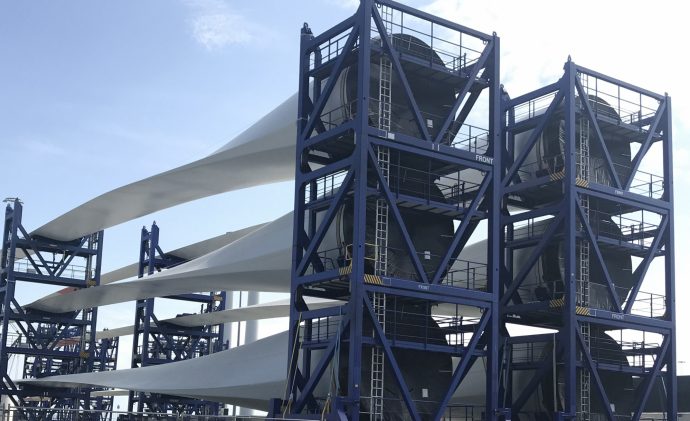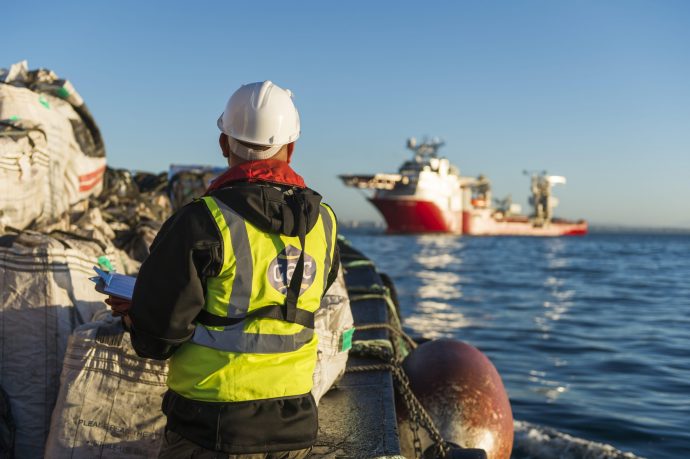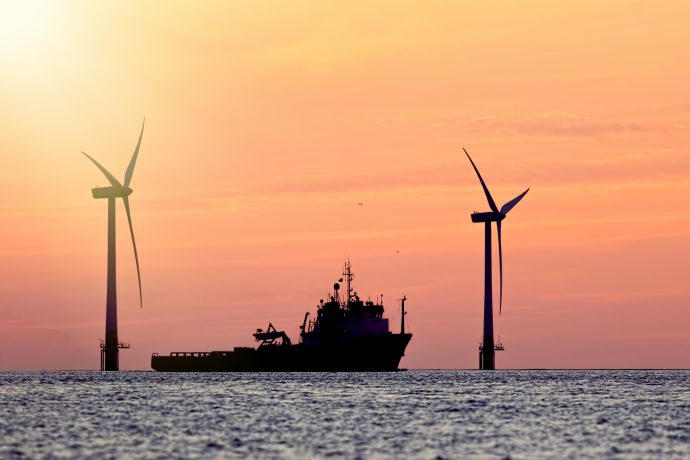Known for its long-term commitment to renewable energy, Denmark is a global leader in offshore wind power. And with the North Sea serving as the stage for some of the world’s most significant wind energy projects, its experience and approach can offer some valuable lessons.
Its experience is one of innovation, collaboration and leadership that can extend beyond Denmark’s borders to regions like Southeast Asia, where the push for renewable energy is now gaining momentum.
Early adoption
Denmark’s leadership in offshore wind didn’t happen by chance – it is rooted in early adoption and decades of strategic decisions, technological innovation and environmental foresight.
It was the first country in the world to develop an offshore wind farm, built in 1991 off the coast of the town of Vindeby on the island of Lolland. Despite being decommissioned in 2017, Vindeby formed the foundation on which Denmark has built a legacy of progress and continued to refine its offshore wind expertise as a model for others to follow.
Denmark has geographical and climatic advantages – such as strong winds and the shallow waters of the North Sea - made it a pioneer in offshore renewable power generation, but country’s real strength lies in its long-term investment in infrastructure and regulatory frameworks.
“Danish ports have invested billions over the last 15-20 years to develop the necessary infrastructure to support larger offshore wind projects,” says Sebastian Jonsson, Managing Director of GAC Denmark.
“That foresight has ensured it is well-positioned to handle the increasing scale and complexity of such developments.”

Lessons learned
The lessons from Denmark's journey are especially valuable for regions like Southeast Asia, which holds enormous potential for offshore wind energy as is in the early stages of building out their own green energy infrastructure.
Countries such as Vietnam and Taiwan have begun investing significantly in offshore wind projects. Taiwan, for example, aims to install 5.5 GW of offshore wind capacity by 2025, attracting major global investors and developers. Meanwhile, Vietnam aims to increase its offshore wind capacity to 6 GW by 2030, according to its National Electricity Deevelopment Plan.
However, the region faces several obstacles in developing robust offshore wind energy infrastructure like Denmark, including infrastructural challenges, regulatory hurdles and the need for technological expertise. High initial costs and complex maritime geography can also be deterrents. According to the World Economic Forum, Southeast Asia requires significant investments and policy support to transition effectively to renewable energy sources.
Learning from Denmark's experience can help tackle challenges. Its commitment to developing infrastructure and creating clear regulatory frameworks offers a template for other nations.
Project partner
Behind Denmark’s offshore wind success lies an intricate web of logistics, marine services and international collaboration, with companies like GAC Denmark playing a crucial role for the past two decades.
GAC Denmark has been a driving force in the development of offshore wind farms, including the highly anticipated Thor offshore wind project which promises to be one of the nation’s largest wind farms once it is fully operational by 2027. With a capacity of up 1,000 MW, Thor will significantly boost the nation’s energy security and contribute to its goal of becoming carbon-neutral by 2050, and will join other wind farms producing four figures worth of energy in the North Sea alone.
“We operate in all ports in mainland Denmark without the need for sub-agents,” explains Jonsson. “This is a key decision point for many clients because they know they can count on consistent service throughout the country.”

That ability to provide a seamless service across Denmark ensures that GAC can offer everything from logistics management to marine coordination and supply chain solutions, all of which are critical to the smooth running of offshore wind projects, which continue to grow in size and scale.
Cross border synergy
GAC’s experience and expertise enables it to support offshore projects beyond national borders, with GAC Denmark acting as a hub for collaboration across the Group’s network of international offices in the North Sea and beyond, often working closely with colleagues in Germany, Sweden and the United Kingdom.
Such cross-border synergy was showcased recently when GAC Denmark handled operations on Danish shores for a large pipeline project in the Baltic Sea.

“Collaboration between public and private sectors, along with international partners, is key to accelerating offshore wind development globally,” says Jonsson. “Denmark’s offshore wind industry stands as testament to what can be achieved through innovation and collaboration, and GAC’s role in supporting these projects has been pivotal.
“We pride ourselves on offering a single point of contact, integrated service. Whether it’s vessel mobilisation or managing supply chains, we deliver everything the client needs.”
Sharing knowledge
Denmark offers a blueprint that other countries can use to unlock their potential.
As Jonsson says: "As the world grapples with the pressing need for sustainable energy, Denmark's leadership in offshore wind serves as a beacon for the future—a future where collaboration, innovation, and renewable energy take centre stage."

Likewise, the experience GAC has gained in Denmark represents a significant resource for other countries to tap into to ensure all aspects of the growing number of offshore energy projects are delivered on time, on budget and with utmost care and attention.